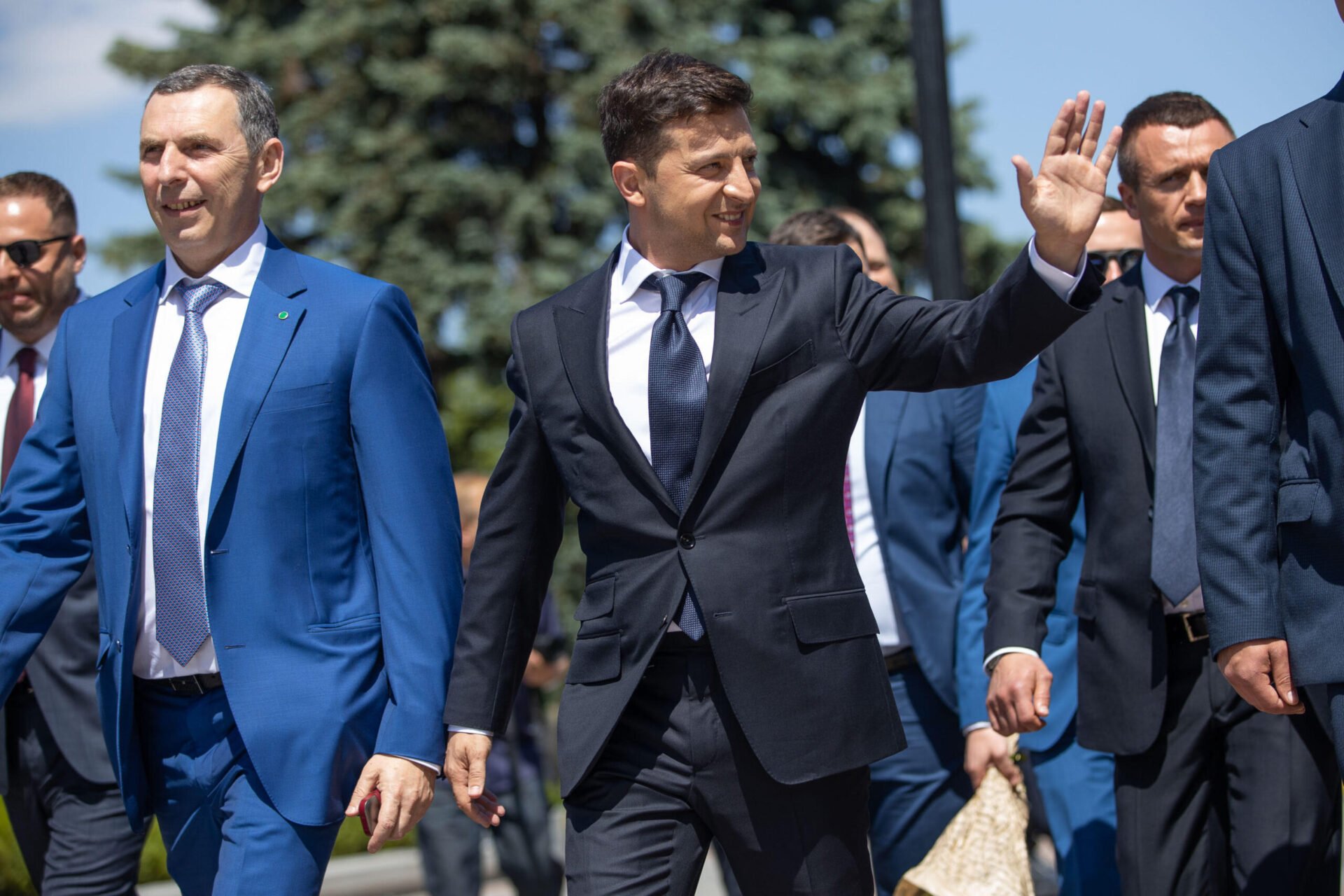(The Conversation) (Co-authored by Stefan Wolff) It’s been six years since the start of the Euromaidan revolution in Ukraine, which led to the ousting of then-President Viktor Yanukovych. By the time his successor Petro Poroshenko was elected in May 2014, the domestic political scene in Ukraine and the geopolitical dynamics in the contested EU-Russia neighbourhood surrounding it had fundamentally altered.
Today, the country’s new president, Volodymyr Zelenskiy, who replaced Poroshenko in April 2019, is now facing a series of domestic and foreign policy challenges reminiscent, though not identical, to the events that preceded the 2013 Euromaidan.
Presidential and parliamentary elections in Ukraine in April and July 2019 created a political situation in Ukraine with an unprecedented concentration of political power. Zelenskiy and his Servant of the People party have a majority in the Verkhovna Rada, Ukraine’s parliament, and so complete control over the appointment of the government. The president also separately appointed the prosecutor general, the minister of foreign affairs and the minister of defence. […]
Read More © The Conversation











